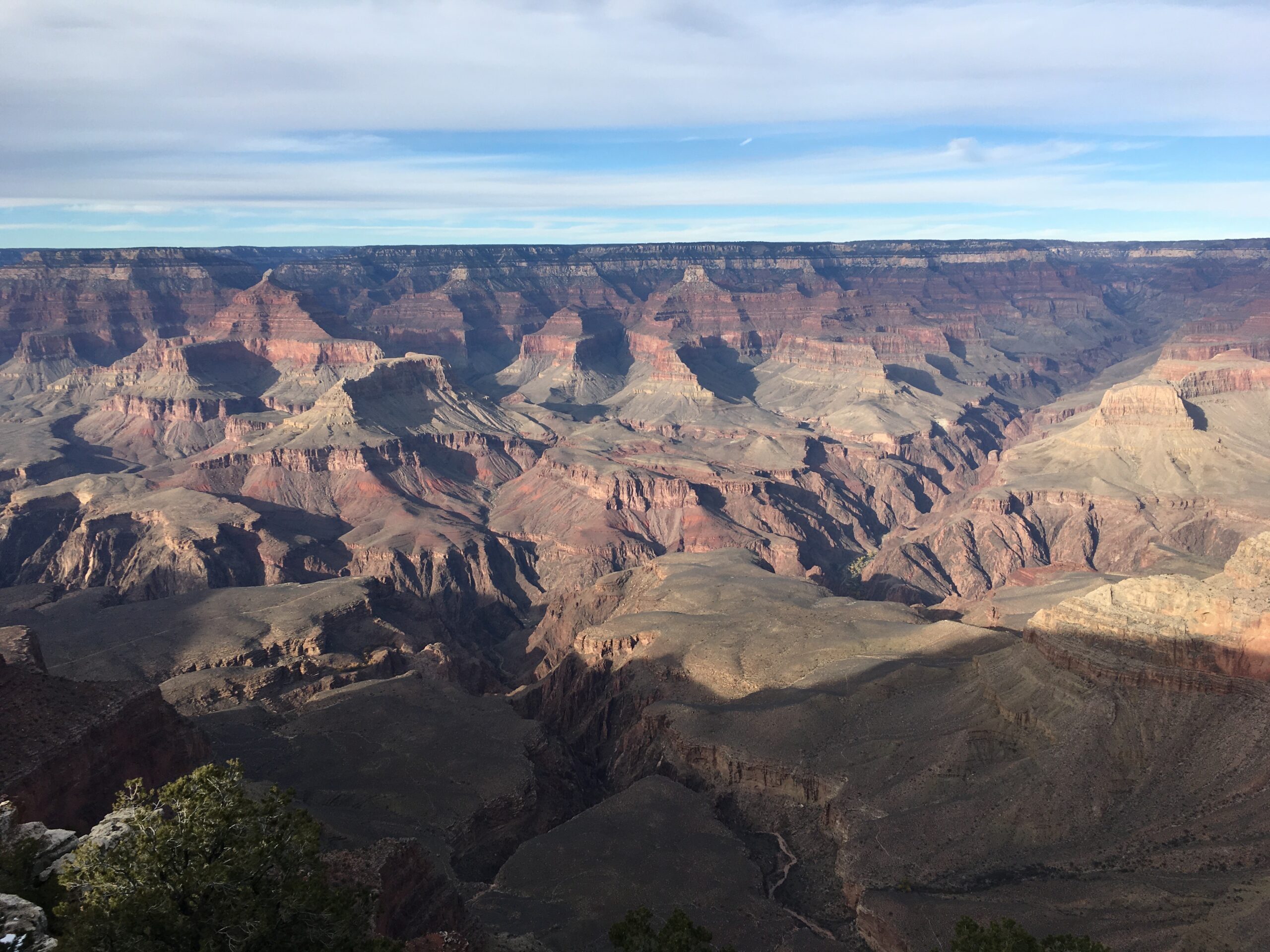Hello, Guys! Here’s your supporter Genki!
ご覧いただきありがとうございます。
さて。
今日は、「有酸素運動の急性期反応」
を英語で書いていきます。
目次
Introduction
昨日は「生理学の概要」に
ついて、英語で
書かせていただきました。
生理学は体の構造やシステムに
ついて学ぶものです。
ぼくたちの体がどのように
強化され、健康であること
そして成長することを
学ぶこともできます。
今日は、有酸素運動における
生理学という形で、急性期反応
を見ていきます。
それでは
英語で見ていきましょう。
有酸素運動の急性期反応 英文
Acute responses for Cardiovascular exercise
Physiology, as I mentioned yesterday, is a subject that we can understand how the body works and responses for health.
And there are 2 categories, including; Short-term responses and Long-term responses.
Short-term responses are also known as Acute responses and Long-term responses are also known as Adaptation.
Within the cardiovascular exercise, such as walking, running, and swimming, it places the stress on the cardiorespiratory system, which is the ability for the heart and lungs. These stresses helps us increasing our the cardiorespiratory system.
Acute responses to cardiovascular exercise are increasing following actions:
Heart Rate
Respiration Rate
Body Temperature
Blood Flow
I am sure that you feel them when you do cardiovascular exercise, especially, increasing heart rate is easy to recognize.
Let’s see what happens in a long-term responses for cardiovascular exercise tomorrow.
これが今日の英文になります。
いかがでしたでしょうか?
今日は少し単語は控えめですね。
早速、出ててきた英単語を
振り返っていきましょう。
有酸素運動の急性期反応 英単語
解剖学専門用語
Physiology:生理学
Acute response:急性期反応
Adaptation:適応
Cardiovascular exercise:有酸素運動
Cardiorespiratory:心肺機能
Heart Rate:脈拍
Respiration Rate:呼吸数(呼吸速度)
Body Temperature:体温
Blood Flow:血流
一般英単語
Short-term:短期間
Long-term:長期間
ここまでが英単語になります。
単語を学んだところで
もう一度、英文を見ていきましょう。
時間があれば、
日本語訳を考えながら
読んでみてください。
有酸素運動の急性期反応 英文(2度目)
Acute responses for Cardiovascular exercise
Physiology, as I mentioned yesterday, is a subject that we can understand how the body works and responses for health.
And there are 2 categories, including; Short-term responses and Long-term responses.
Short-term responses are also known as Acute responses and Long-term responses are also known as Adaptation.
Within the cardiovascular exercise, such as walking, running, and swimming, it places the stress on the cardiorespiratory system, which is the ability for the heart and lungs. These stresses helps us increasing our the cardiorespiratory system.
Acute responses to cardiovascular exercise are increasing following actions:
Heart Rate
Respiration Rate
Body Temperature
Blood Flow
I am sure that you feel them when you do cardiovascular exercise, especially, increasing heart rate is easy to recognize.
Let’s see what happens in a long-term responses for cardiovascular exercise tomorrow.
2回目の英文はいかがでしたでしょうか?
ご自身の日本語訳もできましたでしょうか?
最後に、日本語訳を見ていきましょう。
有酸素運動の急性期反応 日本語訳
有酸素運動の急性期反応
生理学は、昨日も書いた通り、
ぼくたちの体がどのように働いたり、
反応したりするかを学べる科目です。
生理学は2つのカテゴリに分けることができ、
短期的な反応と長期的な反応があります。
短期的な反応は、急性期反応とも呼ばれ、
長期的な反応を適応と言います。
歩く、走る、泳ぐなどの有酸素運動では、
心臓や肺などの心肺機能に対して負荷がかかります。
これらの負荷が心肺機能を強化することにつながります。
有酸素運動における急性期反応は、
以下の活動を上昇させる効果があります。
脈拍
呼吸数(呼吸速度)
体温
血流
有酸素運動をしているときには、
これらの上昇を感じていると思います。
特に脈拍の上昇は簡単にわかるものですね。
明日は、長期的な反応(適応)について、
何が起こっているか見ていきましょう。
ここまでが日本語訳になります。
今日は少し簡単目ですが、
徐々に勉強していきましょう。
日々の継続が大事ですよ。
今日はここまでです。
お読みいただきありがとうございました。
それでは次回でお会いいたしましょう!
ヤマガタゲンキ



